In today’s rapidly evolving technological landscape, ensuring that electronic devices and enclosures can withstand harsh environmental conditions is crucial. One of the highest standards for ingress protection is the IP66 rating. But what does it really mean, and how can you achieve it? Let’s dive into the testing procedures and best practices for achieving this top-notch rating.
What is an IP66 Rating?
The IP (Ingress Protection) rating is a standard developed by the International Electrotechnical Commission (IEC) to specify the degree of protection an enclosure offers against the intrusion of solid objects and liquids. The IP66 rating signifies that the device is “dust-tight” and protected against powerful water jets. Specifically:
6: Dust-tight. No ingress of dust; complete protection against contact.
6: Protection against powerful water jets from any direction.
This rating is essential for devices used in demanding environments like outdoor settings, industrial applications, and areas with high exposure to water.
Testing Procedures for IP66 Rating
Achieving an IP66 rating involves rigorous testing procedures to ensure that the device or enclosure can handle both dust and water under specified conditions. Here’s a breakdown of the testing procedures:
- Dust Ingress Testing
Objective: To confirm that no dust can enter the enclosure, ensuring that the internal components are protected from particulate matter.
Procedure:
Test Chamber: The device is placed in a dust chamber.
Dust Type: Fine dust, such as talcum powder, is used.
Duration: The device is exposed to the dust for a specific period, typically 8 hours.
Testing Criteria: After the test, no dust should be found inside the enclosure. Any ingress is measured to ensure it meets the “dust-tight” standard.
Practical Tip: Ensure that all seals and gaskets are properly fitted and in good condition to prevent any dust ingress.
- Water Ingress Testing
Objective: To verify that the device can withstand powerful jets of water without any water ingress.
Procedure:
Test Apparatus: A high-pressure water jet is used.
Pressure and Flow: The water jet is directed at the device with a flow rate of 12.5 liters per minute and a pressure of 100 kPa.
Duration: The device is subjected to the water jets for at least 3 minutes from various angles.
Testing Criteria: After the test, there should be no ingress of water inside the enclosure.
Practical Tip: Regularly check and maintain the seals and gaskets to ensure they can handle the pressure and flow rates used in testing.
Real-World Applications
Devices with an IP66 rating are essential in various industries and environments. For example:
Outdoor Lighting: Streetlights and floodlights often need to withstand both dust and water to ensure longevity and reliability.
Industrial Equipment: Machinery in factories exposed to dust and water must be protected to maintain operational efficiency.
Electronic Gadgets: High-end smartphones and outdoor cameras benefit from IP66 protection to ensure performance in rugged conditions.
Achieving an IP66 rating is a testament to a product’s resilience against harsh environmental conditions. By following the detailed testing procedures for dust and water ingress, manufacturers can ensure their devices meet the highest standards of protection.
For businesses and engineers involved in designing or testing electronic enclosures, understanding and implementing these procedures is crucial for ensuring product durability and reliability.


